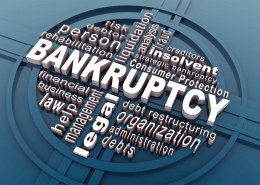Liquidation (LQ) is the process of ending a business and distributing its assets to the claimant. These types of incidents usually occur when the company is in a situation of insolvency, which means that it cannot pay its obligations when they are due.
Simply put, Liquidation is when a company can’t pay its debts when they fall due, or when it’s liabilities exceed its assets.
Voluntary liquidation is a type of LQ that occurs when creditors petition through the court to liquidate the company. Once the business enters the process, the business owner will have little control over the process. Voluntary creditor liquidation (CVL) can be used to avoid forced liquidation. In essence, corporate directors choose to voluntarily terminate the company and then liquidate all of its assets in an attempt to repay creditors.
Bankruptcy is a legal process that involves individuals or businesses who are unable to pay outstanding debts. Bankruptcy proceedings begin with an application filed by the debtor or on behalf of the creditor. All of the debtor’s assets have been measured and evaluated, and the assets can be used to repay part of the outstanding debt.
The two types of bankruptcy are voluntary bankruptcy and involuntary bankruptcy. Voluntary bankruptcy involves the voluntary declaration of bankruptcy by the people or companies involved. Involuntary bankruptcy involves your creditors taking you to court in an attempt to get back the money they loaned you. The court will evaluate your case and can then declare you bankrupt.
Key differences between Bankruptcy and Liquidation
1: Bankruptcy is a condition in which an individual is found to be unable to pay his debts. Liquidation is a process of distributing the assets of the business and closing the business permanently.
2: In Liquidation the company is permanently closed down while Bankruptcy lasts only three years.
3: While bankruptcy can give an individual a fresh start liquidation shuts down the business, so it cannot give businesses a chance to restart.
4: Bankruptcy stems from financial crisis or insolvency, but liquidation may be due to financial instability or other reasons.
